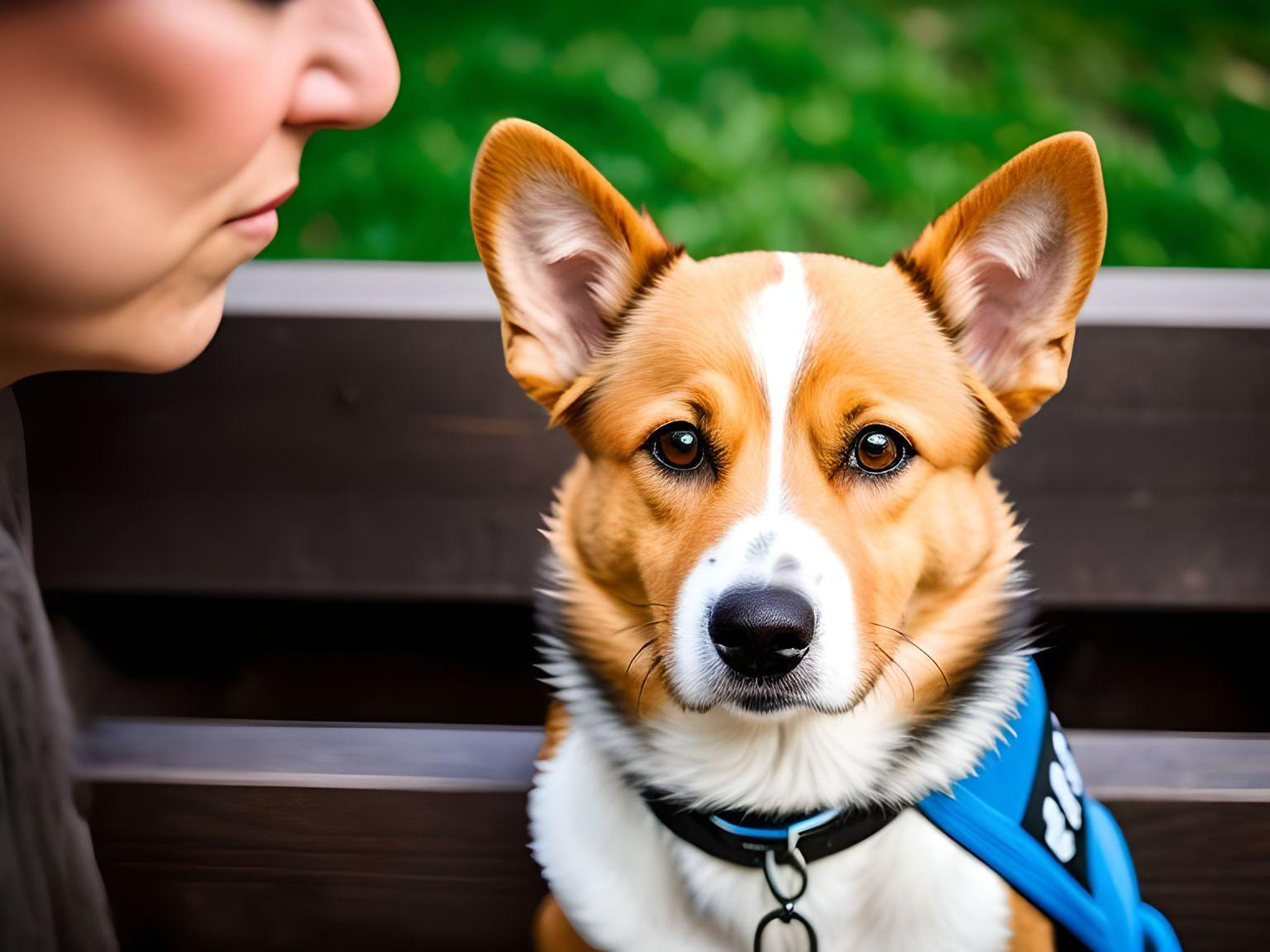Side Eye Dog | Everything you Need to Know
Dogs are remarkable creatures that often communicate their thoughts and feelings through various behaviors. One such behaviour that has gained attention is the side eye. If you’ve ever noticed your furry friend glancing at you from the corner of their eye, you may have experienced the phenomenon of the side eye dog. In this article, we will explore the characteristics of a side-eye dog, the meaning behind their sideways glances, common situations where a side-eye occurs, tips for handling side-eye behaviour, and the benefits of owning a side-eye dog.
Understanding the Side Eye
The side eye behaviour in dogs is quite similar to what we humans experience. It’s a sideways glance that carries various emotions and messages. When a dog gives a side eye, it often signifies a level of curiosity, suspicion, or uncertainty. Just like us, dogs have their own distinct ways of expressing themselves, and the side eye happens to be one of their many communication tools.
Deciphering a dog’s behaviour can be a bit tricky, but the side eye is often observed in situations where the dog feels unsure or uncomfortable. It’s a subtle indication that they are observing their surroundings or evaluating a particular situation. By giving the side eye, a dog can convey their cautiousness without resorting to more aggressive behaviours.
Characteristics of a Side Eye Dog
Side eye behaviour can vary from one dog to another, but there are some common characteristics often associated with dogs that exhibit this behaviour. One of the key aspects is their physical appearance and body language. Side eye dogs may have a slight tilt of the head, accompanied by a glance to the side. Their body posture can also indicate alertness or caution, with raised ears and a slightly tense stance.

Facial expressions play a crucial role in side-eye behavior as well. Dogs may display a subtle furrowed brow or a slight raising of the upper lip, which can be interpreted as signs of uncertainty or wariness. By paying attention to these physical cues, you can gain valuable insights into the state of mind of your side-eye dog.
Common Situations for Side Eye Dogs
Side eye behaviour can occur in various situations, and understanding these situations can help you better respond to your dog’s needs. One common scenario is when a side-eye dog encounters new people or animals. In unfamiliar social situations, dogs may feel unsure or cautious, leading them to give the side eye as a means of assessing the new situation.
During training or obedience sessions, side eye behaviour can also emerge. Dogs may give the side eye when they are uncertain about the commands or if they feel uncomfortable with the training methods being used. Recognizing their side eye can help you adjust your approach and create a more positive and effective training environment.

Additionally, side eye dogs may exhibit this behavior when they are feeling uncomfortable or anxious. It can be a way for them to express their unease without resorting to more overt signs of distress. Paying attention to these subtle cues can help you identify when your dog needs support or reassurance.
Tips for Handling a Side Eye Dog
Dealing with a side eye dog requires patience, understanding, and a proactive approach. Here are some tips to help you navigate this behavior:
- Build trust and create a safe environment: Establishing trust with your side eye dog is crucial. Provide a secure and consistent environment where they feel comfortable expressing themselves without fear of punishment.
- Use positive reinforcement training techniques: Reward-based training methods can help build confidence and strengthen the bond between you and your dog. Positive reinforcement encourages desired behaviors and fosters a positive association with training sessions.
- Seek professional help if needed: If your side eye dog’s behaviour becomes challenging or escalates, consider consulting a professional dog trainer or behaviourist. They can provide expert guidance tailored to your specific situation.

Benefits of Owning a Side Eye Dog
While side eye behaviour may initially seem challenging, owning a side eye dog can be a rewarding experience. It offers unique advantages, such as:
- Increased awareness of the dog’s emotions: Side eye behaviour encourages owners to pay closer attention to their dog’s non-verbal cues and body language, leading to a deeper understanding of their emotions and needs.
- Strengthened bond between dog and owner: By recognizing and responding appropriately to side eye behavior, you can establish trust and strengthen the bond between you and your dog.
- Learning to read and understand canine body language: Side eye dogs provide an opportunity to enhance your skills in reading and interpreting canine body language, improving your overall communication with dogs.

Side Eye Dog Breeds
While side eye behaviour can be observed in dogs of various breeds, there are certain breeds that are known for their tendency to give the side eye. These breeds often have distinctive facial features or expressive eyes that lend themselves to this behaviour. Some examples of side eye dog breeds include Bulldogs, Pugs, and Shih Tzus. It’s important to note that individual dogs within these breeds may vary in their side eye tendencies.
Conclusion
In conclusion, side eye dogs are fascinating creatures that communicate their thoughts and emotions through subtle sideways glances. Understanding the meaning behind their side eye behaviour and recognizing common situations where it occurs can help you create a supportive environment for your furry companion. By employing positive reinforcement training techniques and seeking professional help when needed, you can navigate side eye behavior with confidence. Owning a side eye dog offers unique benefits, such as increased awareness of your dog’s emotions and a strengthened bond between you and your pet. Embrace the uniqueness of side eye dogs and cherish the special connection you share.
FAQs:
Why does my dog give me the side eye?
Dogs may give the side eye to express curiosity, suspicion, or uncertainty. It can occur in situations where they feel unsure or uncomfortable.
Can I train my side eye dog to stop giving the side eye?
While you can’t entirely eliminate side eye behavior, you can redirect your dog’s attention and reinforce positive behaviors through training techniques. Consistency and positive reinforcement are key.
Are certain dog breeds more prone to side eye behavior?
Yes, certain breeds like Bulldogs, Pugs, and Shih Tzus are known for their tendency to give the side eye. However, individual dogs within any breed can exhibit this behaviour.
Is side eye behaviour a sign of aggression?
No, side eye behaviour is typically not a sign of aggression. It is often a subtle expression of curiosity, wariness, or uncertainty.
Should I be concerned if my dog frequently gives the side eye?
Frequent side eye behavior may indicate that your dog is feeling stressed or uncomfortable. If you have concerns, it’s best to consult with a professional dog trainer or behaviourist to address the underlying issues.
Recommended:
Can Dogs See In The Dark | Everything you Need to Know
Redbone Coonhound | Breed Information, Price, Facts, Care, Monthly Cost





























